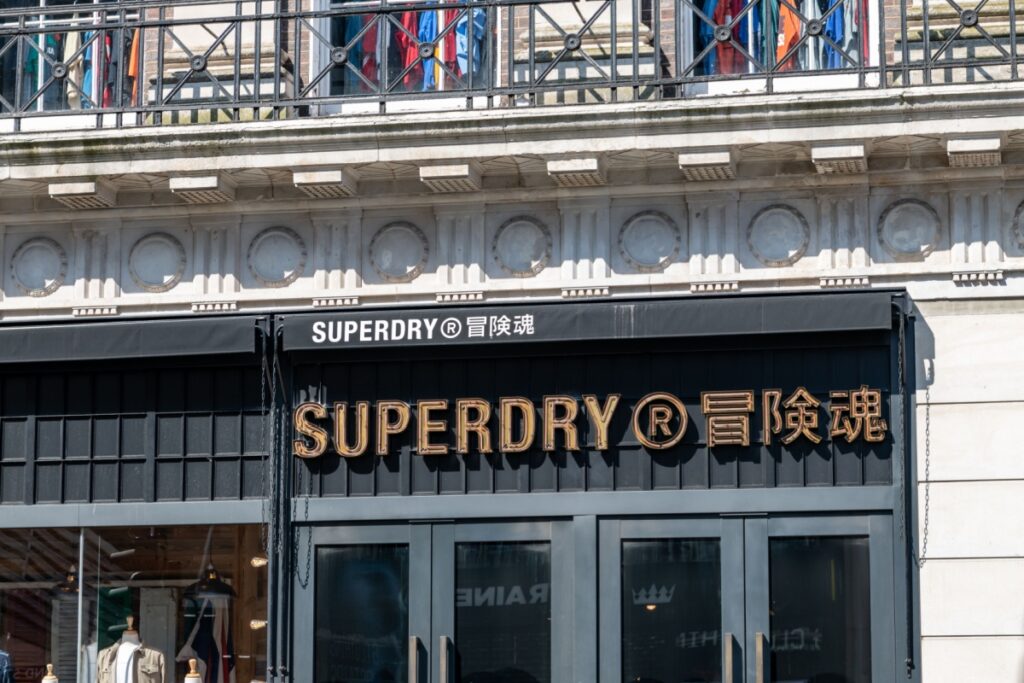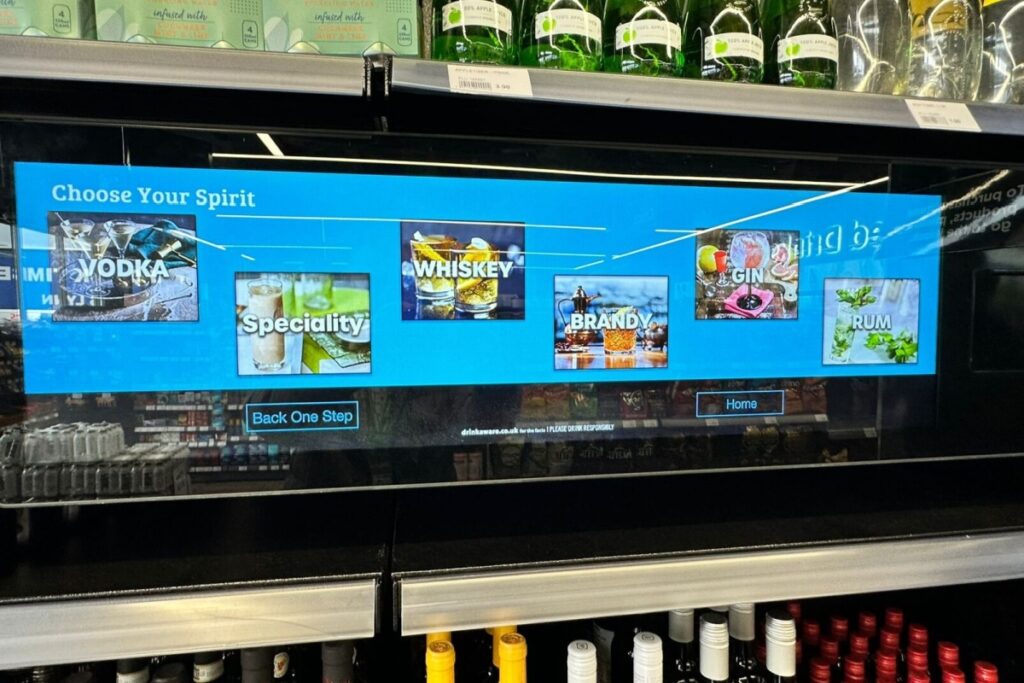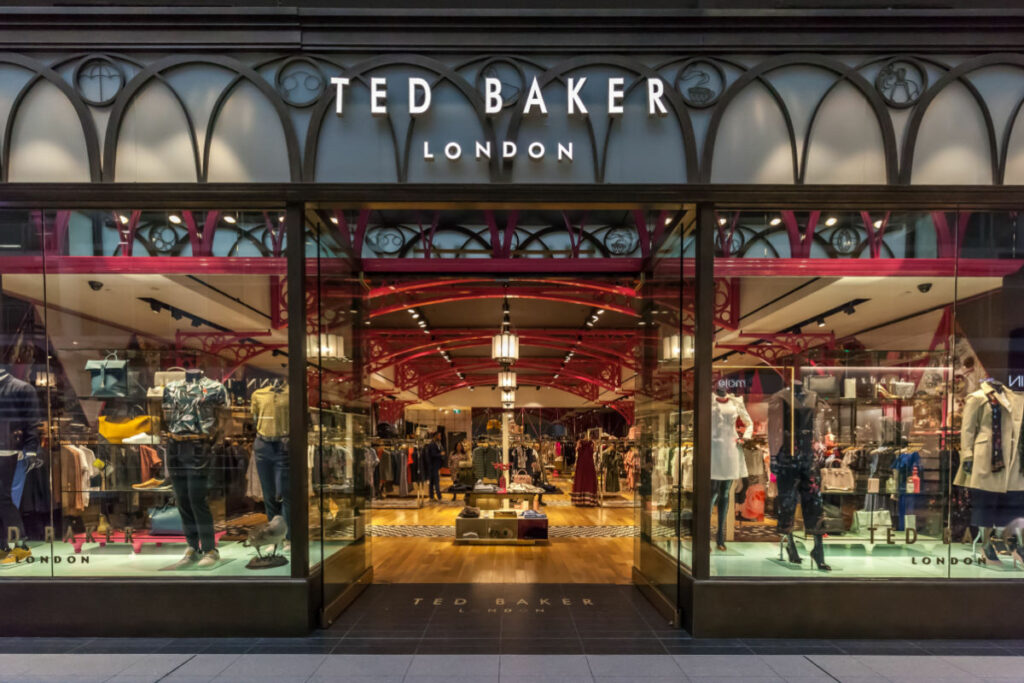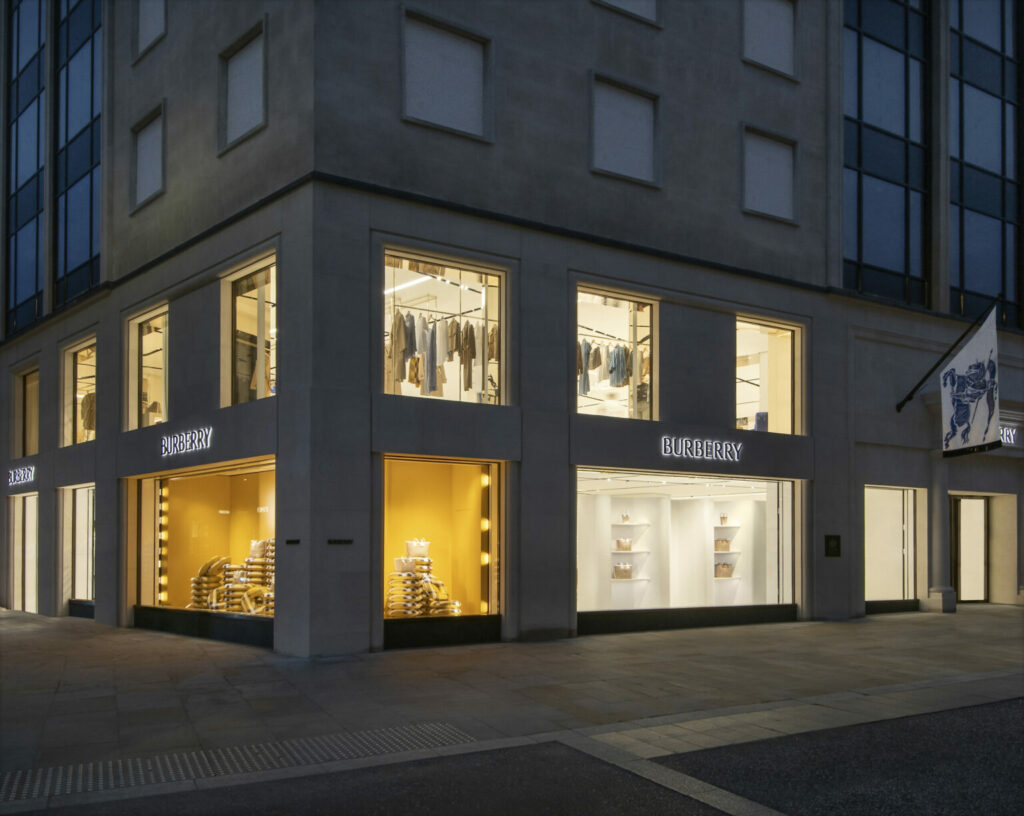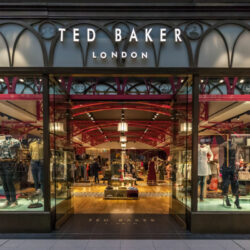There were some big winners over Christmas with the likes of M&S and Next both enjoying better-than-expected sales, but across the sector, it turned out to be a much bleaker December with the cost-of-living crisis weighing heavily on consumer spending.
The Works chief executive Gavin Peck noted: “Family finances were under pressure, meaning many customers prioritised spend on food and essentials, whilst cutting back on gifting”.
“The extended period of discounting seen across the sector continued throughout November and December, resulting in a highly competitive market and pressure to maintain promotional activity,” he said.
However, despite a pull back in lavish spending over the festive period, there was still a desire to celebrate, with most of the big supermarkets reporting stellar trade.
The grocery sector was in fact the big winner this year, with a whopping £13.7bn spent in December Kantar figures show, as average household spending rose 6% to £477 across the month.
Both Sainsbury’s and Tesco posted a near 8% jump in like-for-likes over the golden quarter, while discounters Aldi and Lidl enjoyed their busiest Christmas’ ever with sales up 8% and 12% respectively.

Meanwhile, many shoppers traded up over the festive period, refusing to scrimp, which saw M&S Food sales rocket 10.5% to £2.3bn.
Fashion flop
However, fashion proved to be a mixed bag over the golden quarter.
While Next and M&S were the two standouts over Christmas, reporting better than anticipated sales of 5.7% and 4.8% respectively, other retailers fared less well.
JD Sports warned it would fall short of its £1bn profit target this due to “cautious consumer behaviour” creating a “softer” trading environment over Christmas.
It was not just streetwear that took a hit. Quiz, known for its partywear, saw sales plunge 11% in December as it said inflation hit demand and traffic declined both in stores and online.
The unseasonable warm November hit sales across the sector.
Online player N Brown posted a 9.3% drop in revenue over the golden quarter while Very.co.uk reported a 3.9% fall for clothing.
Even Primark, a perennial over-performer in the retail sector, flagged slower sales growth as like-for-likes edged up 2.1% from last year’s 11%.
It was a marketedly different story in the world of beauty, with the ‘lipstick effect’ – where cash-strapped shoppers buy affordable treats – came out in full swing in the run-up to Christmas.
Superdrug’s sales jumped 9.2% in the four weeks to 30 December, while Boots said it expected sales from Black Friday week until the New Year to beat “last year’s excellent performance”.
Meanwhile, it was a far from vintage year in electricals and general merchandise as people cut back on their present buying.
What defined Christmas this year?
Discount-centric
It was a highlight promotional Christmas, even in strong performing areas like grocery.
Kantar figures show that nearly a third of the £13.7bn spent on grocery was made on some kind of promotional offer – up by more than £820m on last year.
Tesco upped the volume of deals by 5% year-on-year, which chief executive Ken Murphy put down to suppliers trying to win back volume.

Similarly, in electricals, Currys boss Alex Baldock attributed its “better and deeper deals” over the peak mostly to suppliers too.
However, other retailers had less control over their level of discounting.
The Works reported it had discounted more stock in November and December to keep up with pressure in the market, which contributed to its half-year pre-tax loss of £8.5m.
JD Sports also reported it had an “elevated level of promotional activity during the peak trading” to fuel sales – which rose 6% – against the backdrop of “more cautious consumer spending”.
Peel Hunt analyst John Stevenson says November’s heavy discounting to shift stock following a slow down in sales from the warm weather meant the “ability to flip back to full price before Christmas just just didn’t happen”.
“The timing of Christmas played a part in that to a degree as you had an extra week and weekend of shopping.
“You’ve got a couple of weeks to generate cash and to get the stock cleared, so it becomes quite aggressive on the promotion side of things,” he says, adding that the level of discounting in the market has now entered a “state of calmness”.
A battle of managing margins
Some retailers took the decision to forgo sales to protect margins in the highly promotional market.
It’s a strategy Currys has been pursuing for some time, and despite lower sales over the golden quarter, the electricals retailer now expects full-year profit to come in ahead of market expectations.
Baldock says stable margins were a “highlight of this peak” as the business chose not to “chase less profitable sales”.
Mulberry took the same approach to focus on full price sales, despite an “unusually high promotional environment”, to help offset rising operational costs elsewhere in the business.
Similarly, M&S boss Stuart Machin says the business maintained its focus on full-price sales for its clothing.
“We held our nerve with the slightly warmer weather in early November,” he says. “We didn’t want to discount because our commitment is not to put prices up…we’re trying to price right first time.”
This was not the case for JD Sports, which analysts believe misjudged how some of more premium-priced products, such as a £120 Nike fleece ,would land with pinched shoppers.
People still want to celebrate

Even with less money spent less on gifts, it was still the season to be jolly.
M&S’ strategy to back the big events in the calendar paid off as Machin says customers headed to the retailer “to keep their Christmas special”.
He explains the retailer “was the place to be to buy some glamour and sparkle” in December as it sold over 75,000 velvet suiting options and 150,000 sequin products.
Primark’s partywear sales rose 4% and Very reported a 14.7% uptick for its premium fashion ranges.
Majestic toasted its best-ever Christmas after a 13.4% jump in fine wine sales as shoppers trading up over the festive period led to total revenues rising 8.1% in the eight weeks to holiday.
Luxury wanes
However, shoppers chose to focus on life’s little luxuries this Christmas forgoing larger expenses.
Fortnum & Mason chief executive Tom Athron says the retailer “saw many more customers spending a little bit less” and “trading down”.
However, this didn’t impact sales too much – which surged 17% in the five weeks leading up to Christmas – thanks to footfall levels rising by more than a third compared to the year prior.
This was not the case for the rest of the luxury sector.
Watches of Switzerland chief executive Brian Duffy says: “The festive period was particularly volatile this year for the luxury sector, with consumers allocating spend to other categories such as fashion, beauty, hospitality and travel.”
The watches retailer, which lowered its projections for the year, said UK trading was “more challenged” due to an “unusually high level of promotional activity in non-branded jewellery”.
Burberry also cited similar issues when it too warned on profits after sales dropped 7% across the golden quarter as consumers reined in their spend on designer purchases.
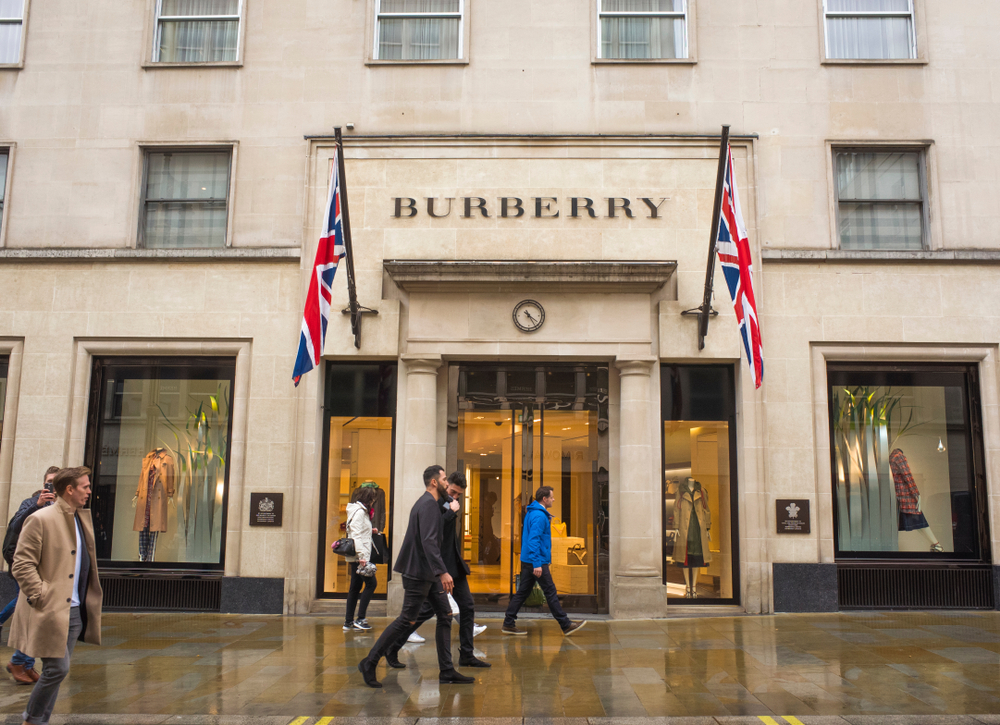
Wealth Club quality shares portfolio manager Charlie Huggins says that weakened consumer market over the festive period was “not a great surprise”.
“Having splurged on luxury goods in the wake of the pandemic, wealthier consumers are now tightening their belts meaning the whole sector is starting to feel the pinch,” he says.
Own-brand wins
With value front of mind for many shoppers, it was unsurprising that people continued to switch to own-brand versions.
Superdrug own-brand sales were up 10% year-on-year last month, which it attributed to “customers seeking quality products from a brand that they can trust, at an affordable price”.
Sales for the retailer’s own make-up range, Studio London, surged 20% on last year as shoppers looked for more budget friendly alternatives to prepare for party season.
What does this all mean for retail in 2024?
According to Stevenson, this Christmas was “arguably what everyone thought we were going to get [in 2022]” amid the thick of the cost-of-living crisis.
He says consumers were “much more discerning” with how they spent their money last month compared to the previous year which meant trading in general was “much harder”.
British Retail Consortium director of insight Kris Hamer adds December “capped a difficult year for retailers”.
“Black Friday sales ate into Christmas spending, while the high cost of living meant some households had to cut back on festive gifting.”
Despite the turbulent golden quarter, Stevenson says the fact that many retailers have reported performances in line and above expectations is “encouraging”.
He also believes that “things will get noticeably better for retailers” as easing inflationary passes through to consumers, stimulating more spend towards the second half of the year.
2023 was truly a cost-of-living Christmas, but the good news is the year ahead is looking up for retail.
Click here to sign up to Retail Gazette‘s free daily email newsletter



